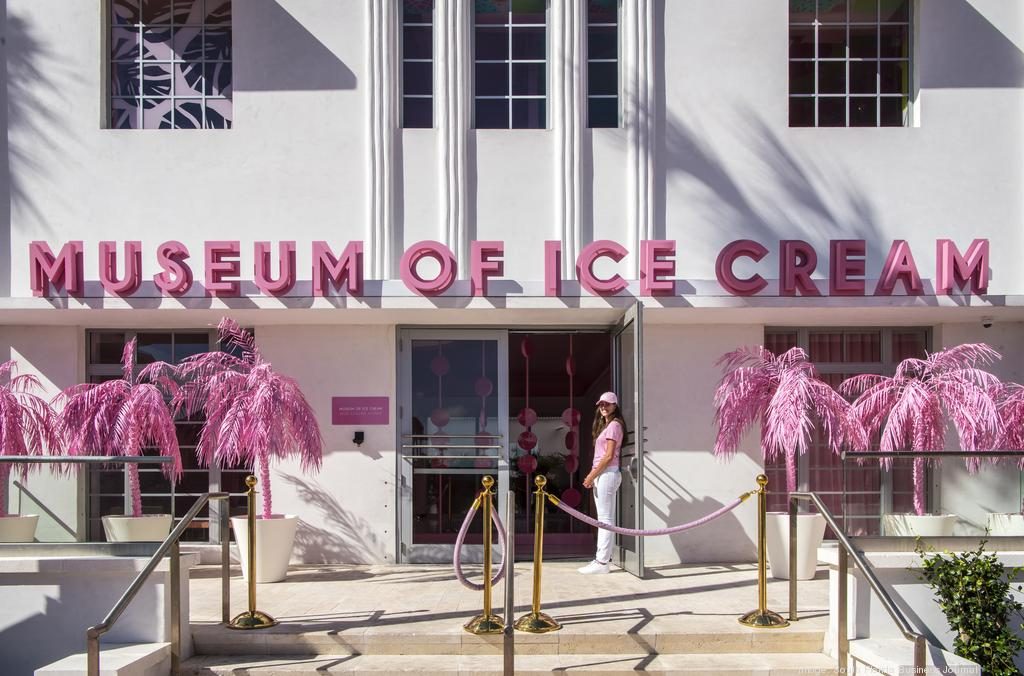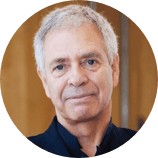Articles and Features:
What is a museum today?


The Sylvain Levy Column
Sylvain Levy is a collector and, along with his wife Dominique, is one of the principals of the dslcollection, a major collection of Chinese contemporary art. Founded in 2005, the dslcollection promotes the discovery and study of Chinese contemporary artistic production. It embraces innovative technologies in order to foster greater visibility and to provide the means to share the experience of contemporary culture. Openness, the nomadic and sharing are core concepts of the dslcollection. In this, his inaugural column, he asks “What is a museum today?”
Venture investors are valuing the company behind the Museum of Ice Cream at $200 million. This museum has claimed more than 1.5 million visitors since it opened. Tim Schneider questioned this museum model in an article titled: “The Gray Market: Why New York’s Museum of Ice Cream Wins at Business by Betraying Its Name?” The above highlights one of the main obstacles confronting museums today—that of fulfilling their academic mission, whilst reaching out to a larger audience and creating “wonderful experiences” for all visitors.
Over the past one hundred years, the museum as an institution has changed dramatically. Gone are the days of being exclusive wunderkammers, where public museums, catering largely to an elite audience, could simply focus on their collections and scholarly endeavours. Historically, museums were in the business of delivering only goods and services (goods are defined as the artworks, while services relate to the museum’s responsibility to collect, preserve, display and educate).
“Gone are the days of being exclusive wunderkammers“
The focus is no longer on the quality of its product offering, but on the satisfaction of the visitor’s museum experience. Although museums are essentially experiential products, lasting customer satisfaction can only be achieved if museums proactively market their offerings in an experiential way. As found by Culture Track, visitors are spending an average of 15 seconds in front of an artwork and 81% of people are visiting museums for fun. It is the “Kusamafication” or the “Teamlab Phenomena”.
With the inevitable integration of experiential marketing into the museum management rhetoric, critics are now questioning its authenticity. In substituting escapist, commodified leisure for authentic experience, they have fostered conformity, passivity and political indifference among participants turned spectators. To avoid deteriorating into sanitised entertainment centres, all marketing activities must be designed to reinforce the museum’s mission, namely its principal undertaking to preserve and educate.

So what should a museum be like today?
We are used to seeing a museum as a building, a precinct, an institution and a collection. It is much more than that today. They face issues from a broad range of perspectives; art history, popular culture, politics and philosophy. They have to constantly adapt to a competitive landscape—not only competing against other museums and galleries, but against alternative forms of leisure and educational activities, even if, superficially, public museums appear to be protected. By using educational and entertainment tools, museums need not only to increase the number of visitors (this remains the most common metric of success), but to engage them in a way that they become regular ones.
We live in an age when you can virtually “visit” the Louvre in Paris to see the Mona Lisa or the Metropolitan Museum of Art in New York—all from your phone or desktop. So museums have to actively expand in the digital world.
I believe that museums, as highly trusted organisations in civil society, are key intellectual and civic resources in a time of profound socio-environmental changes. One element that matters is the influence art can have beyond the walls of the museum. The community is still a relatively untapped resource. Museums should strengthen their missions by directly highlighting community challenges and by being a meeting place, a realm of diversity and dialogue. The new museum shouldn’t be defined by architectural glamour or by a market-vetted collection, though it would certainly benefit from having these attributes. Structurally porous and perpetually in progress, it should be defined by its own role as a shaper of values, and by the broad audience it attracts.
To conclude, I shall say that the ideal museum today would be ‘’an institution’’ but a flexible and continuously evolving organism connecting people locally and globally. It should be able to respond to the most diverse forms of thinking and media especially brought about by technology.
READ MORE